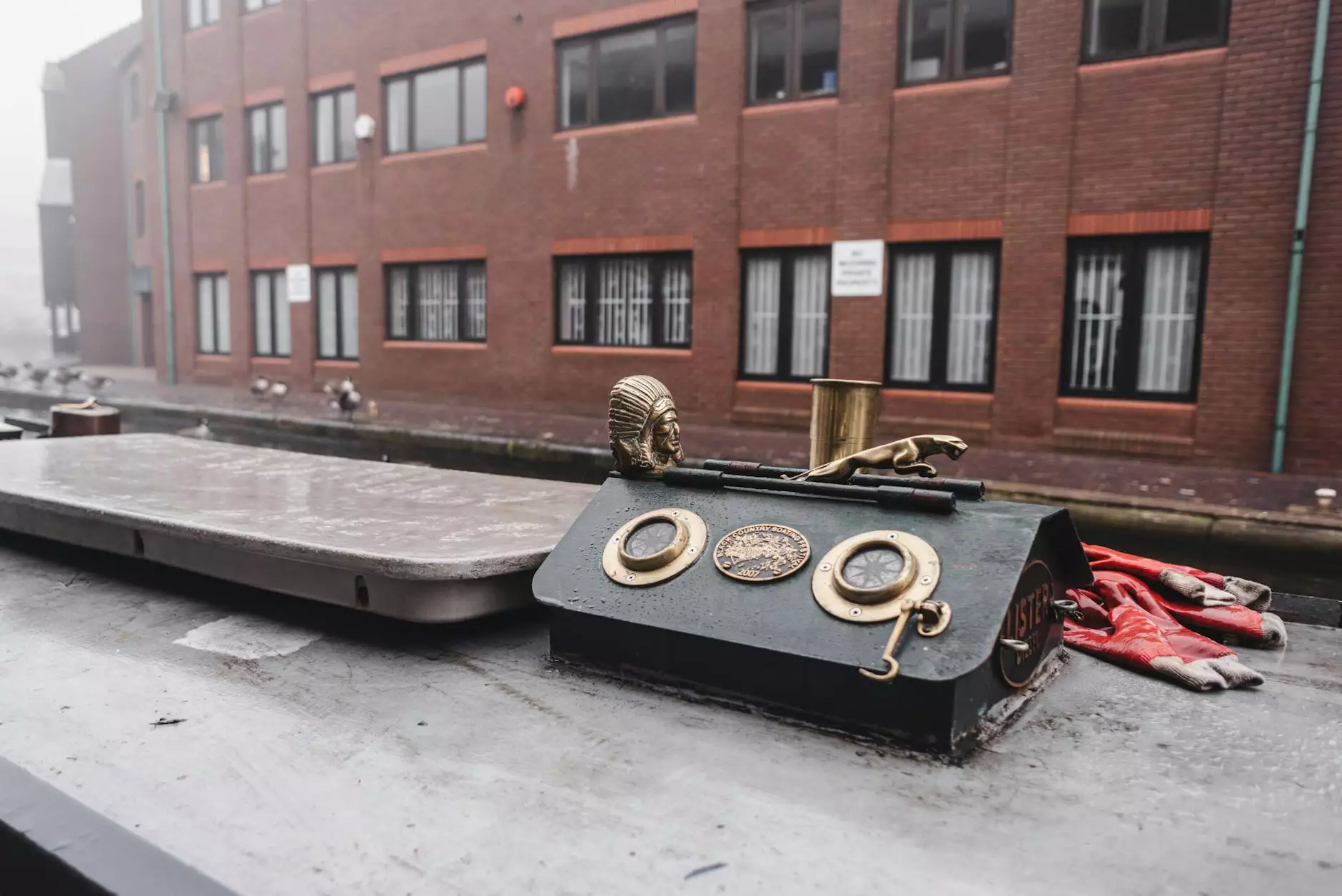1914 Panama Canal

Introduction
Welcome to Frameworks, where we bring you the history and significance of the iconic 1914 Panama Canal. In this comprehensive guide, we will delve into its construction, groundbreaking engineering, and the profound impact it had on global trade.
History of the Panama Canal
The Panama Canal, completed in 1914, is an artificial waterway that connects the Atlantic and Pacific Oceans. It was a monumental engineering feat, revolutionizing maritime transportation and shortening the travel distance between the two major oceans. The idea for the canal dates back to the early 16th century when explorers recognized the potential shortcut it could provide.
Construction Process
The construction of the Panama Canal was a colossal undertaking. French engineer Ferdinand de Lesseps began the initial efforts in the late 19th century but faced numerous challenges, ultimately abandoning the project. The United States took over in 1904 and successfully completed the canal ten years later.
The construction process involved overcoming immense hurdles, including challenging geography, disease outbreaks like yellow fever and malaria, and the constant threat of landslides. The ingenious solution involved cutting through the Continental Divide, creating a series of locks that could raise and lower ships as they traversed the varying elevations of the canal.
Significance and Impact
The 1914 Panama Canal revolutionized global trade. It transformed maritime routes, allowing ships to avoid the treacherous Cape Horn route around South America, saving time, fuel, and resources. The canal also facilitated the expansion of the global economy, bringing nations closer together and opening new opportunities for international trade.
Economic Benefits
The Panama Canal enabled faster and more efficient transportation of goods, reducing shipping costs and expediting trade between the Atlantic and Pacific regions. It played a crucial role in boosting international commerce, particularly for the United States, which became a major global player in the early 20th century.
Strategic Importance
The strategic significance of the Panama Canal cannot be overstated. It provided the United States with a vital naval advantage by allowing the rapid movement of warships between the Atlantic and Pacific oceans. This advantage proved crucial during World War II and continues to be vital for global military operations to this day.
Maintenance and Modernization
Over the decades, the Panama Canal has undergone several significant renovations to accommodate larger vessels and increase its capacity. The most notable of these efforts was the construction of a new set of locks, completed in 2016, allowing the passage of "Post-Panamax" ships.
Environmental Considerations
As the demand for increased traffic through the canal grows, environmental concerns have become a priority. The Panama Canal Authority has implemented various measures to mitigate the impact on the surrounding ecosystems, including water-saving basins and wildlife preservation initiatives.
Conclusion
The 1914 Panama Canal remains a remarkable engineering marvel and a testament to human ingenuity. Its construction and continued operation have shaped global trade, strengthened nations, and connected people across continents. At Frameworks, we are proud to bring you the fascinating history and lasting significance of the 1914 Panama Canal.









